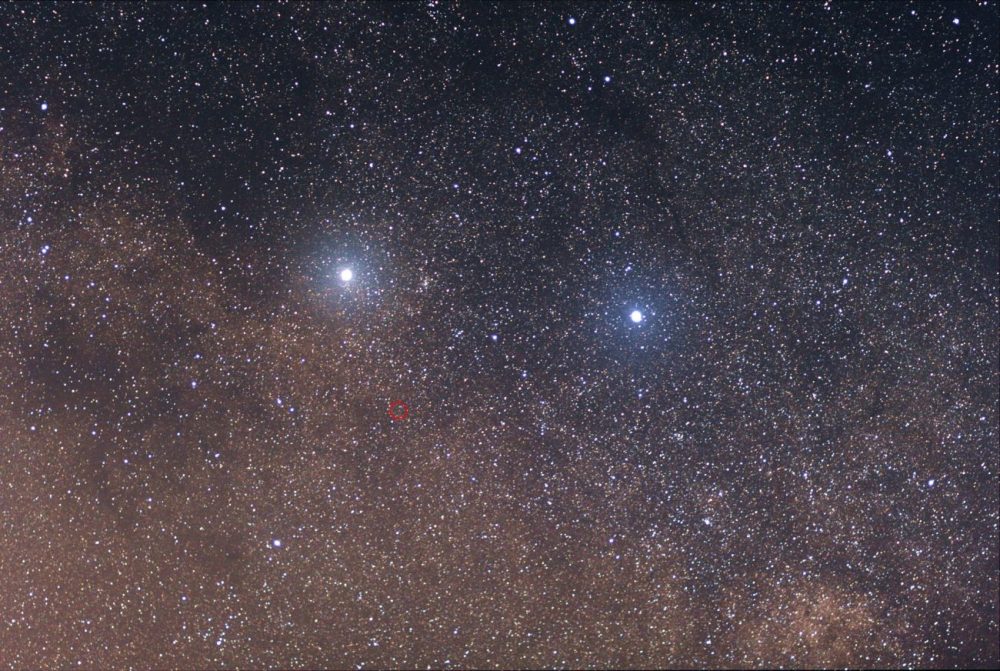The cultural heritage of northern Chile’s Atacama Desert, with its ancient geoglyphs created over a millennium ago, has suffered devastating destruction. Irresponsible off-road vehicles, including 4x4s, quad bikes, and motorcycles, have scarred these irreplaceable works, permanently damaging the geoglyphs in the Alto Barranco region.
These massive designs, etched between 900 and 1450 CE by Indigenous people, mark an important migration route from the Oasis of Pica to the Pacific Ocean. Created by removing darker desert stones to reveal lighter sand underneath, these geoglyphs had been preserved for centuries thanks to the desert’s extreme dryness—until now.
Ongoing Damage Despite Warnings
In recent years, the Atacama Desert Foundation has recorded significant damage caused by motor vehicles, particularly from unsanctioned off-road races and excursions. Although the organizers of the Atacama Rally deny any involvement, unofficial vehicles operating without license plates have wreaked havoc on these fragile archaeological sites. Mining trucks and heavy-duty vehicles also contribute to the destruction, further endangering these ancient cultural symbols.
Despite the placement of warning signs around the area, authorities have done little to prevent further damage, according to archaeologists. Luis Pérez, director of the Regional Museum of Iquique, emphasized the seriousness of the situation, stating that this irreversible damage to national monuments constitutes a crime.
View this post on Instagram
Global Heritage Under Threat
Geoglyphs, large-scale artworks made by carving into the earth’s surface, exist in various parts of the world, but the Americas are home to some of the most famous examples, such as the Nazca Lines in Peru. Even these renowned sites have been subjected to reckless behavior, as seen in 2018 when a truck driver damaged the Nazca Lines while attempting to avoid a toll, leaving behind deep tracks.
The devastation in the Atacama Desert is part of a broader global challenge in protecting ancient cultural landmarks from the impact of modern activities. As technology advances, the balance between progress and preservation becomes increasingly delicate.
A Call for Protection
Without immediate action from local authorities and international organizations, the 1,000-year-old geoglyphs of the Atacama Desert could be lost forever. These artworks, deeply embedded in human history, need better protection to ensure they remain intact for future generations. The responsibility falls on all of us to preserve these extraordinary connections to the past.











